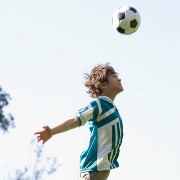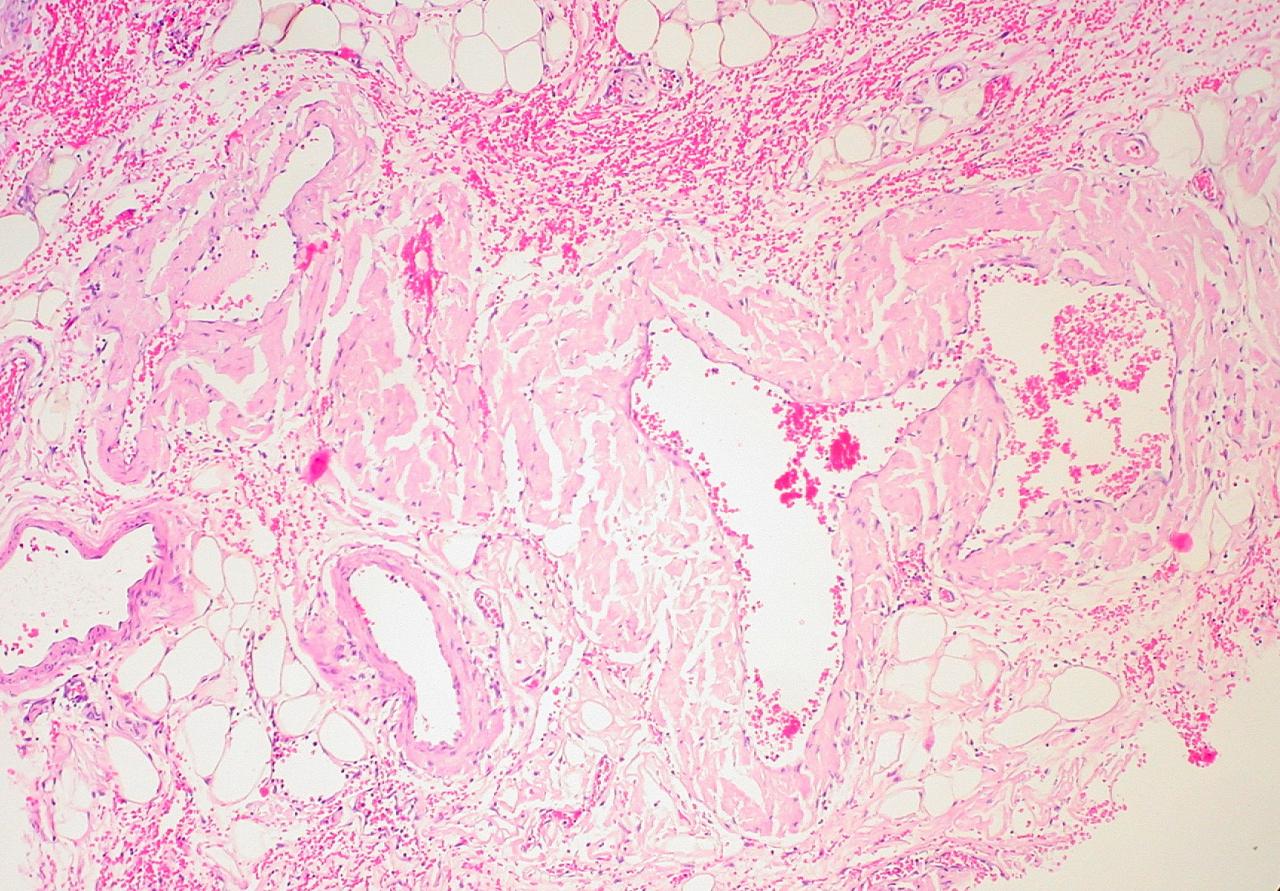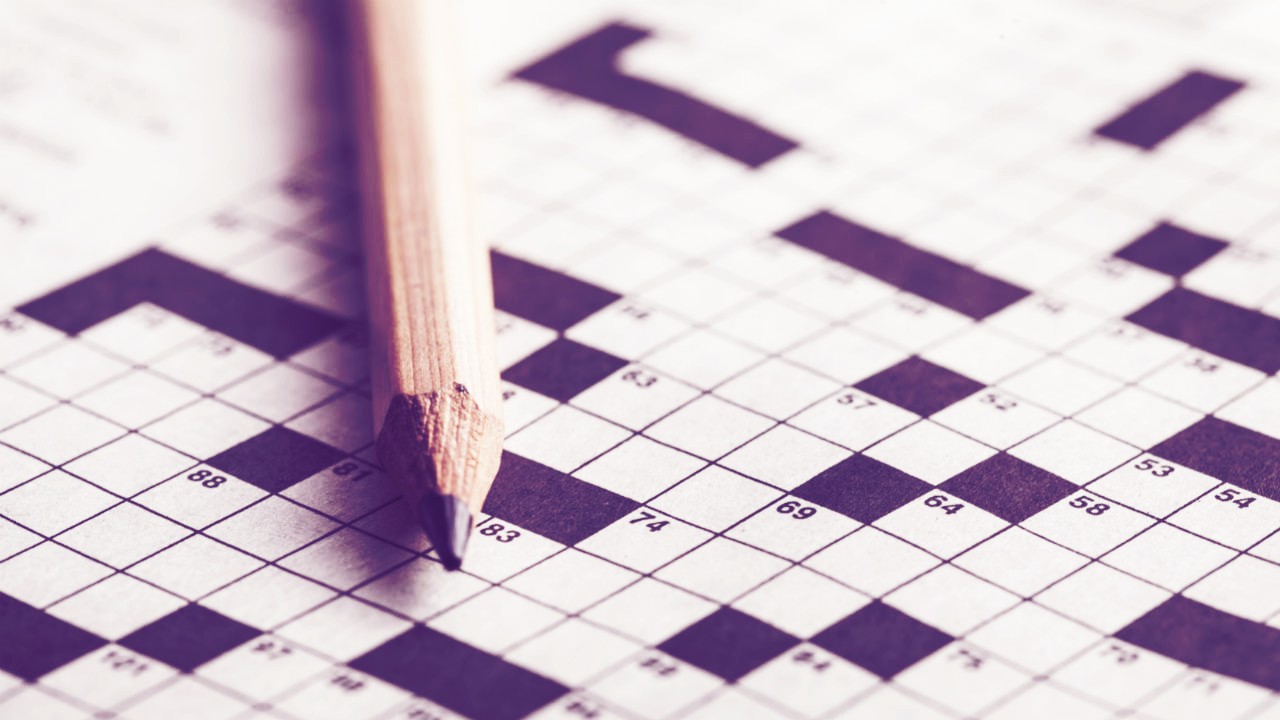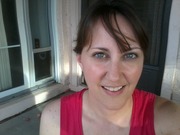 Photo: Getty Images
Photo: Getty Images
Young athletes, parents, and coaches can err on the side of safety when it comes to a child’s brain. Repeated — or perhaps just two concussions — can lead to permanent changes to the brain. A recent New York Times article on the death of former National Hockey League (NHL) player Derek Boogaard, is a bleak reminder of the dangers of head injuries to our young athletes.
Medical examiners from Boston University announced they believe Boogard died from a degenerative brain disease known as chronic traumatic encephalopathy (CTE), caused by repeated blows to the head while playing in the NHL. Boogaard, who began his professional career at age 17, was just 28 when he died. The New York Times says he was a player known for his fighting, racking up 589 minutes in the penalty box during his six years in the NHL.
According to the MedPage website, Boogaard played a highly physical position in hockey known as “the enforcer.” This required him to aggressively antagonize and start fights, often by ramming other players into the boards at high speeds.
Boston University’s Center for the Study of Chronic Traumatic Encephalopathy, says CTE can only be fully diagnosed after a person’s death, when examiners find the brain lesions. The repeated concussions and blows to the head trigger a degeneration of the injured brain, including a build-up of abnormal protein deposits on the brain tissue known as tau. The deterioration of the brain causes mood swings, loss of memory, impulsiveness, depression and eventually dementia.
SportsMD webpage refers to CTE as the only dementia that can be prevented. Parents and coaches can take two important steps to help prevent cases of CTE. First, they can make sure that young athletes don’t continue participating in a sport until all signs and symptoms of a concussion have disappeared. Also, athletes who sustain head injuries should be cared for by sports medicine professionals who are aware of these types of concussions and the latest guidelines for treatment.
And finally for parents, pay attention to how much head contact your child has when they play sports. It is easy for spectators, coaches and other players to get so caught up in the game, that they no longer are thinking about the health of the player.
Sources:
New York Times. In Debate About Fighting. Web. 12 Dec. 2011.
http://www.nytimes.com/2011/12/13/sports/hockey/in-debate-about-fighting-in-hockey-medical-experts-weigh-in.html
MedPage Today. Medical News. Web. 12 Dec. 2011.
http://www.medpagetoday.com/Neurology/Dementia/30039
Center for the Study of CTE. What is CTE? Web. 12 Dec. 2011.
http://www.bu.edu/cste/about/what-is-cte/
SportsMD. CTE. Web. 12 Dec. 2011.
http://www.sportsmd.com/Articles/id/44.aspx
Reviewed December 13, 2011
by Michele Blacksberg RN
Edited by Jody Smith






Add a CommentComments
There are no comments yet. Be the first one and get the conversation started!